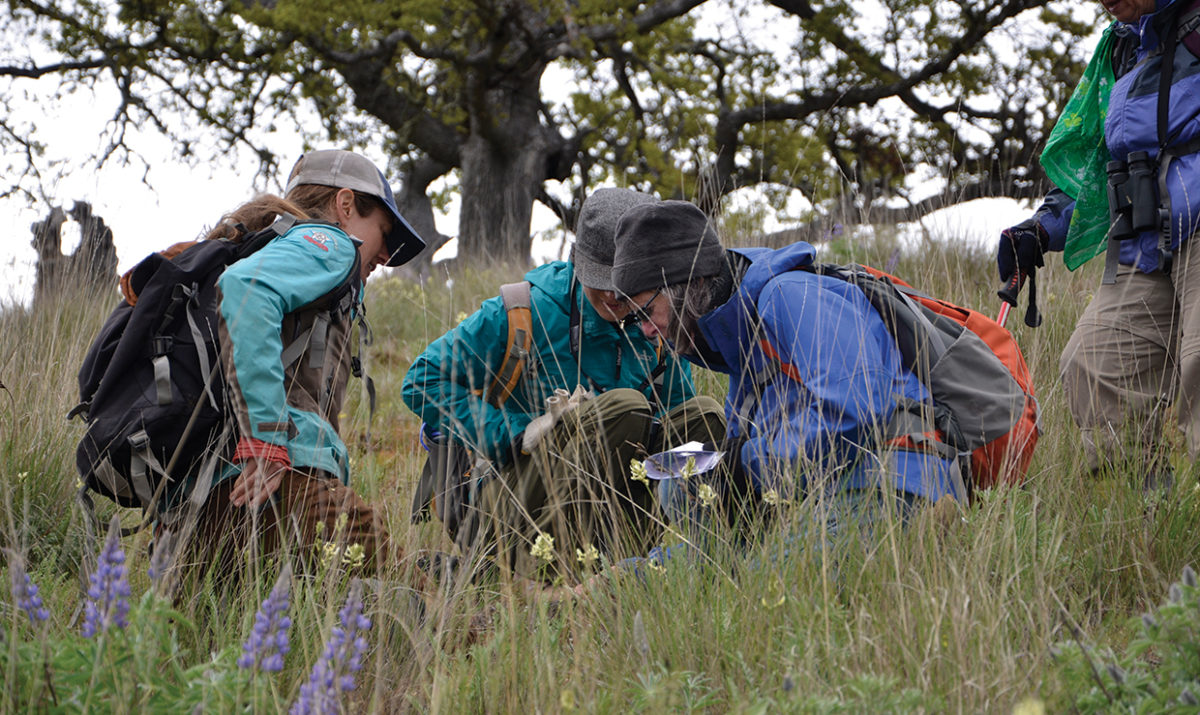Within each of our five ecoregions, we’ve identified ways in which partnerships can strengthen local conservation, along with objectives for engaging with communities to connect people to nature. We have also begun to identify opportunities to more equitably share the benefits and burdens of conservation and land management practices. Across all ecoregions, our objectives are to:
-
Remove social, political, and economic barriers to land conservation
We are committed to being responsive to local concerns regarding our lands. We will support pro-conservation policies and ensure that conservation and stewardship work benefits local communities, including allowing access to land, considering economic opportunities, and communicating clearly.
-
Engage thousands of people in local conservation
The Land Trust will increase public awareness around the benefits of conservation and build relationships with diverse interest groups. We’ll expand opportunities for people to deepen their connection with nature through field trips, tours, volunteer activities, the Backyard Habitat Certification Program, and by partnering with park providers to create new natural areas.
-
Align partners and communities around the improvement and protection of Conservation Opportunity Areas
We will work with the agricultural community and forest landowners to advocate for common ground policies and funding approaches. We’re committed to initiating collaborative restoration projects with groups including tribes and county governments. Lastly, we will lead by example as attentive, proactive, and responsive land managers who share information and expertise.
-
Support a shared conservation vision
The Land Trust will offer its conservation agenda as a framework to other conservation and community groups so that we may leverage our collective power to change our lands for the better. We’ve made it a core organizational priority to identify and engage in opportunities for greater equity and inclusion, both internally and with culturally diverse partners and stakeholders.
We are at the outset of a long journey, but we are committed to developing meaningful partnerships with people of color—serving organizations to strengthen on-the-ground conservation work, and to ensure that the agenda advances an inclusive vision and equitable conservation outcomes. This work includes changing from within; providing training for our staff and board; and developing an equity lens through which we examine policies and practices.
